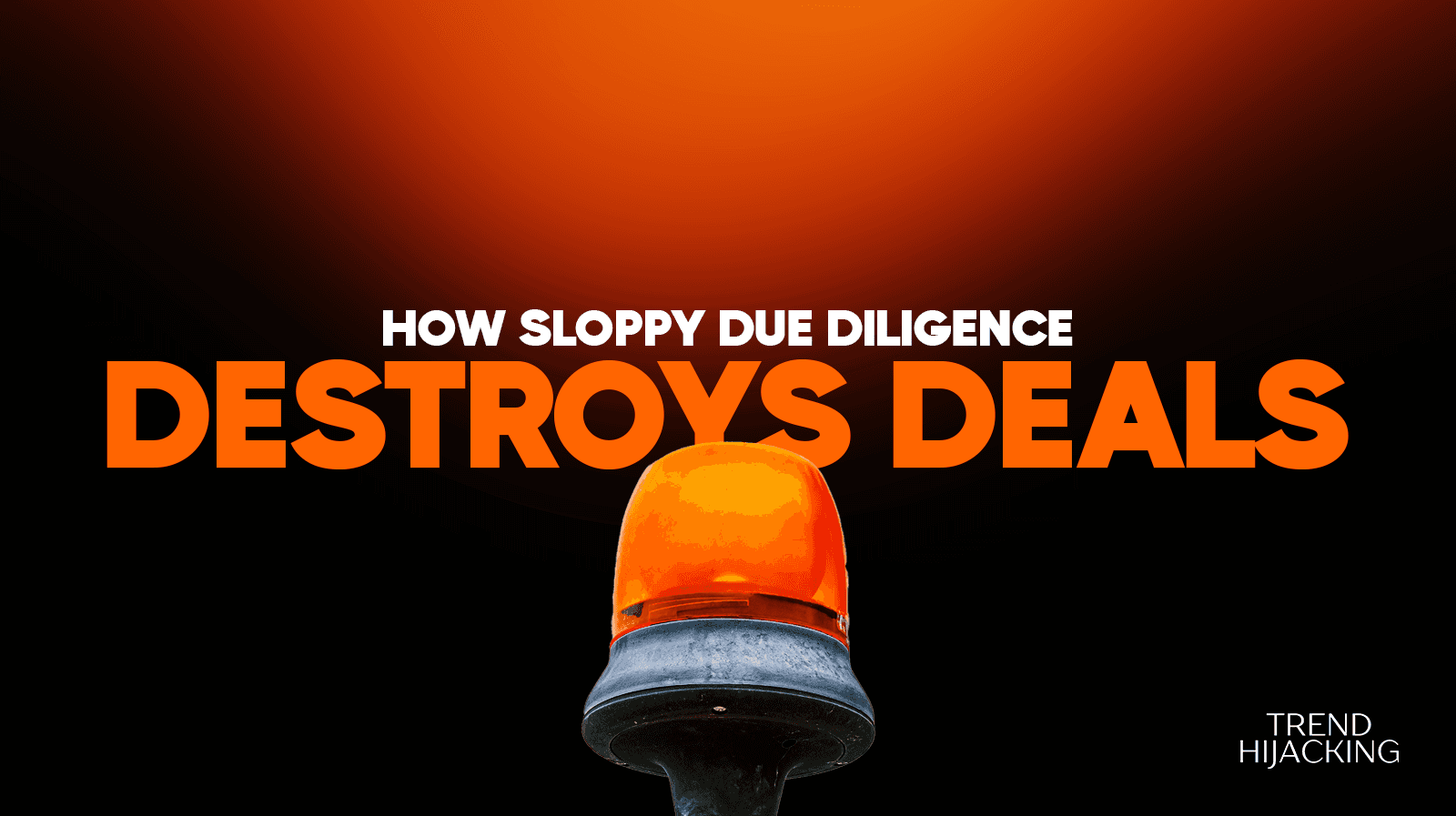20+ Must-Know Terms Before You Buy An Online Business
1. Valuation
Valuation refers to how people decide what an online business is worth. It often looks at profit, revenue, and growth potential. Most online businesses are valued using a profit multiple, meaning the price is set at two to three times the yearly net profit. A clear valuation helps you know if the asking price makes sense or if the seller is overcharging.
We Help You Buy / Build, Manage and Scale E-commerce Brands for an EXIT
E-commerce Simplified for Busy Individuals – We handle the buying, building, and scaling, so you can focus on what matters.
Growth-Focused Strategies – From sourcing to marketing, we drive growth and prepare you for a profitable exit.
Expertly Managed Exits – We build a high-value brand designed for a Lucrative exit.
2. Net Profit
Net profit is the real money left after all costs are paid. It comes from revenue minus expenses like product costs, ads, software fees, and shipping. Net profit is the most important number to check because it shows how much money the business actually earns. If net profit is unstable, the business may not be worth the asking price.
3. EBITDA
EBITDA stands for earnings before interest, taxes, depreciation, and amortization. It’s a common way to measure how well a business performs without outside factors like loans or tax rules. Many buyers prefer EBITDA because it shows the business’s core earning power. If EBITDA is steady or growing, it’s a sign that the business model is working well.
4. Gross Revenue
Gross revenue is the total money a business makes before removing costs. It includes all sales from products or services. While gross revenue shows sales strength, it does not tell the whole story. A business can have high revenue but very low net profit if expenses are too high. Always compare revenue with profit to understand the real picture.
5. SDE (Seller’s Discretionary Earnings)
SDE is net profit plus certain expenses the seller adds back, like personal costs or one-time fees. Sellers use SDE to make profits look higher, but you must check which expenses they added back. SDE is common in small businesses, so learning how it’s calculated helps you avoid overpaying for a store that doesn’t actually earn as much as it claims.
We Help You Buy / Build, Manage and Scale E-commerce Brands for an EXIT
E-commerce Simplified for Busy Individuals – We handle the buying, building, and scaling, so you can focus on what matters.
Growth-Focused Strategies – From sourcing to marketing, we drive growth and prepare you for a profitable exit.
Expertly Managed Exits – We build a high-value brand designed for a Lucrative exit.
6. Multiple
A multiple is the number used to value a business. Most ecommerce businesses sell for two to four times their yearly profit. For example, if a store makes $50,000 in profit, and the seller wants a three-times multiple, the asking price will be $150,000. The right multiple depends on growth potential, risk, and how stable the profits are over time.
7. Due Diligence
Due diligence is the deep check you do before buying. It covers finances, traffic, suppliers, legal matters, and customer data. You verify every claim the seller makes. Due diligence protects you from hidden problems, like fake revenue numbers or unreliable suppliers. Most serious buyers spend weeks doing due diligence before closing a deal, because it lowers risk and increases confidence.
8. Escrow
Escrow is a secure service that holds money until both the buyer and seller meet the terms of the deal. You send the purchase money to escrow, not directly to the seller. Once the business is transferred and everything checks out, escrow releases the funds. This process protects both sides and is a standard practice in safe online business sales.
9. Earn-Out
An earn-out is when part of the purchase price is paid later, depending on how the business performs after the sale. For example, you might pay 70 percent upfront and the rest after the store hits certain revenue goals. Earn-outs financing option reduce risk for the buyer, since the seller has to prove the business continues to earn after they leave.
10. Holdback
A holdback is when part of the purchase price is set aside for a certain period after the sale. It’s a safety measure in case hidden problems appear, such as chargebacks, refunds, or disputes with suppliers. Once the agreed-upon time passes and no problems show up, the seller receives the holdback money. This protects buyers from short-term risks after a takeover.
11. Churn Rate
Churn rate shows how many customers stop buying or cancel their subscriptions during a set period. A high churn rate means customers are leaving quickly, which makes it harder to keep revenue stable. A low churn rate means the business holds onto customers well, which is a strong sign of steady income. Subscription-based stores often highlight churn in their numbers.
12. Customer Retention
Customer retention is the percentage of customers who keep buying over time. Strong retention means customers come back, making it easier and cheaper to grow revenue. According to Bain & Company, increasing customer retention by just 5 percent can boost profits by 25 to 95 percent. If a store has high retention, it’s a positive sign of customer trust and loyalty.
13. CAC (Customer Acquisition Cost)
CAC shows how much it costs to bring in one new customer. This number includes ad spend, discounts, and other marketing costs. If CAC is higher than the profit from a customer’s first order, the business may not be sustainable. A good online business keeps CAC lower than profit, or relies on repeat customers to cover the higher upfront cost.
14. LTV (Customer Lifetime Value)
LTV measures how much money one customer spends with a business over time. For example, if the average person spends $50 per order and places four orders per year, their LTV is $200. A high LTV shows that the business has loyal customers and a strong product-market fit. Comparing LTV to CAC tells you if growth is profitable or not.
15. Traffic Sources
Traffic sources are the places where visitors come from. These may include search engines, social media, ads, email lists, or referrals. A business that relies on one traffic source is riskier, because if that source fails, sales can drop. A healthy business spreads traffic across multiple channels so it’s less dependent on one platform for survival.
16. Conversion Rate
Conversion rate is the percentage of visitors who make a purchase. For example, if 1,000 people visit a site and 30 buy something, the conversion rate is 3 percent. A higher conversion rate means the store makes better use of its traffic. Small improvements, like faster checkout or better product descriptions, can boost conversion and make the store more valuable.
17. AOV (Average Order Value)
AOV shows the average amount customers spend in one order. You calculate it by dividing total revenue by the number of orders. A higher AOV means customers spend more each time, which increases profit without needing more traffic. Businesses with strong upsells or bundles often have high AOV, and that makes them more appealing to buyers.
18. GMV (Gross Merchandise Volume)
GMV is the total value of products sold through a business, before deducting fees and costs. For example, if a store sells 5,000 items worth $20 each, its GMV is $100,000. While GMV shows scale, it does not show actual profit. That’s why buyers must look at GMV alongside net revenue and margins to see the real financial health.
19. Intellectual Property (IP)
Intellectual property, or IP, includes things like brand names, logos, product designs, written content, and images. Owning IP gives the business legal protection against copycats. When buying a business, you must confirm that the seller owns all IP rights and transfers them to you. Without clear ownership, you could face legal issues or even lose the brand you paid for.
20. Non-Compete Agreement
A non-compete agreement prevents the seller from starting a competing business after they sell to you. This agreement usually lasts for a set number of years and may cover certain markets or products. Without a non-compete, the seller could launch a new store that takes your customers. Always check for this clause in the sale agreement to protect your investment.
21. Platform Fees
Platform fees are the cuts taken by marketplaces like Amazon, Etsy, Shopify, or eBay from each sale. Fees may range from 5 to 15% or higher, depending on the platform and category. You must factor these costs into profit calculations. A business that looks profitable before fees may not be as strong once platform costs are subtracted from revenue.
22. Working Capital
Working capital is the money needed to keep the business running day to day. It covers things like buying inventory, paying for ads, and covering software costs. If a business ties up too much money in stock, it may need large amounts of working capital. Buyers should check how much working capital is needed to keep sales moving smoothly.
23. Transition Support
Transition support means the seller stays on for a short period after the sale to help you take over. They may introduce you to suppliers, train you on systems, or share tips on running campaigns. Strong transition support makes it easier to avoid mistakes as a new owner. Always ask for this as part of the deal to ease the handover.
Final Word
Now you know the key terms you should know before buying an online business. You know that valuation shows price value, due diligence checks facts, and escrow protects money. Other terms like traffic source, churn rate, GMV, seller financing, non-compete, platform fees, IP rights, and holdbacks guide your view of risk and opportunity. Once you understand these terms, you can ask smart questions, read listings, and ask for documents with clarity.
Acquiring your first online business should be strategic, not stressful. OurSmart Acquisition program handles the entire process on your behalf, sourcing, due diligence, negotiations, and closing, so you can secure a profitable business in 60 days! For busy professionals who value time and results, we provide the expertise to get it done right the first time.
A Done-For-You E-commerce Business
Discover how we Build, Launch, and Scale a 6-figure/month Business for You
Learn more
The 6-Step Blueprint to E-Commerce Acquisition
See how we Acquire, Convert, and Scale with Real Case Studies to Prove It.





















